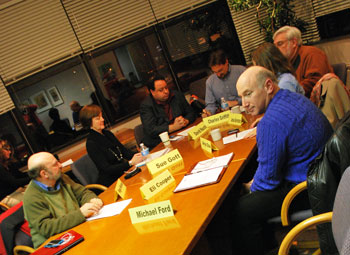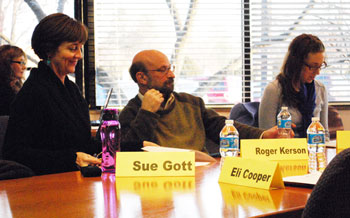Column: The Case for Free Public Schools
Earlier this week, the American Civil Liberties Union of Michigan – along with two plaintiffs – filed suit against the Ann Arbor Public Schools for the school district’s plan to charge students who want to take a seventh class in a semester.
The lawsuit argues that the Michigan Constitution requires a free public education for all Michigan students, and that charging for a seventh hour is unconstitutional. Kary Moss, ACLU of Michigan executive director, outlined the position in an ACLU press release: “Allowing this model to continue will open the floodgates for any district in the state to charge for every conceivable part of their students’ education creating a two-tiered system in which students who have money get ahead, while those who do not fall behind.”
In early June, I wrote my first column for The Chronicle, about three aspects of the AAPS budget proposal. ["Column: Disparate Impact of AAPS Cuts?"] One of the areas I wrote about was seventh hour, a term that refers to the option of taking a seventh class during a semester, rather than the more standard six classes.
I was concerned about issues of equity – about Skyline students being able to acquire 7.5 credits in a year without paying, while Pioneer and Huron students could only earn 6 credits in a year for free. I was concerned about students losing access to the arts. I was concerned about disparate impacts.
I assumed that – as with many other proposals – this idea was poorly conceived, but legal.
A couple of days after my column was published in The Chronicle, I talked with the ACLU’s Kary Moss. (Full disclosure: Kary is a friend of mine, and we frequently discuss education issues. And that first Ann Arbor Chronicle column ended up as “Exhibit 4” in the ACLU complaint.)
Kary suggested to me that she was concerned about seventh hour, too – because she believed the move to charge tuition was unconstitutional.
Unconstitutional?! That thought had not even occurred to me. [Full Story]









